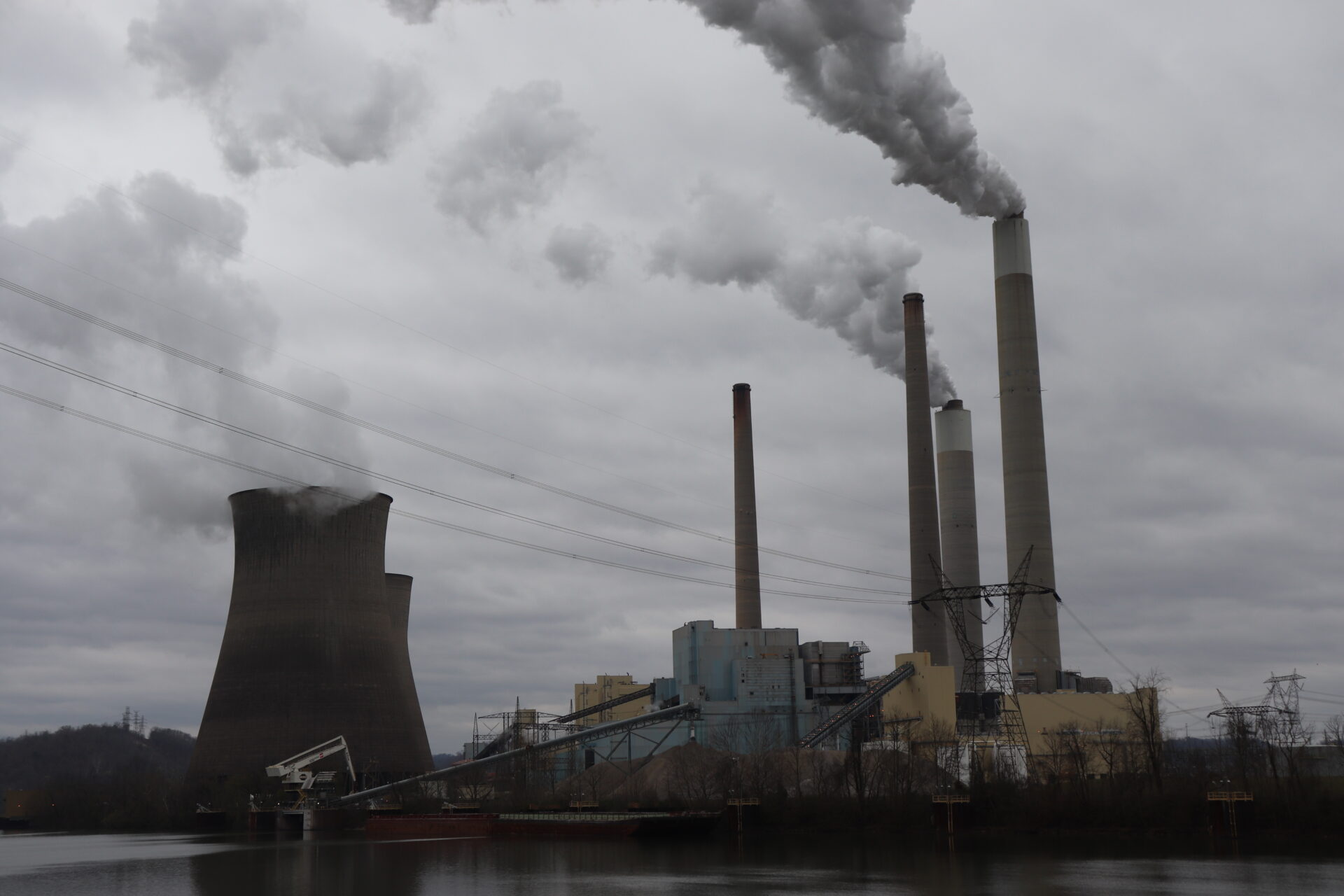West Virginia is part of a 13-state regional power grid that’s been a heavy user of coal, but that’s changing.
PJM Interconnection ensures that power reliably gets delivered to 65 million people, making it the largest grid operator in the country.
For the first five months of last year, 22 percent of that power came from coal, 33 percent came from nuclear and 35 percent came from gas.
In what could be a sign of bigger changes happening in the power sector, coal fell to 14 percent of PJM’s power in the first five months of this year. Nuclear stayed about the same, at 34 percent, while gas jumped to 42 percent.
Power demand fell about 4 percent from year to year, according to U.S. Energy Information Administration data. The changes also reflect the rising cost of coal and the declining cost of natural gas.
Preliminary EIA data tracked by the Institute for Energy Economics and Financial Analysis shows that nationwide, coal fell to under 15 percent of total generation in April and May for the first time. It also shows that solar and wind together outpaced coal in the first five months of the year for the first time.
